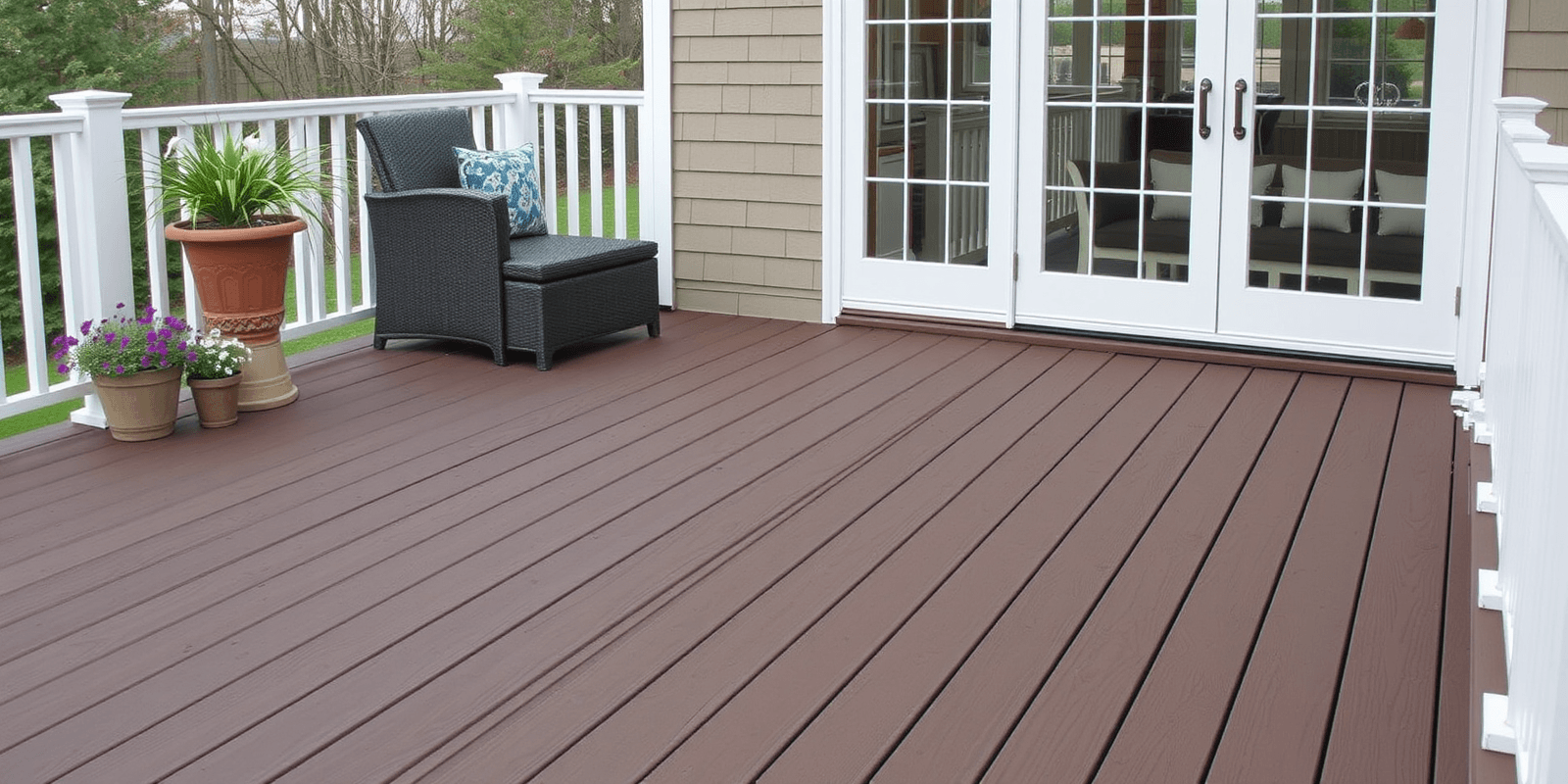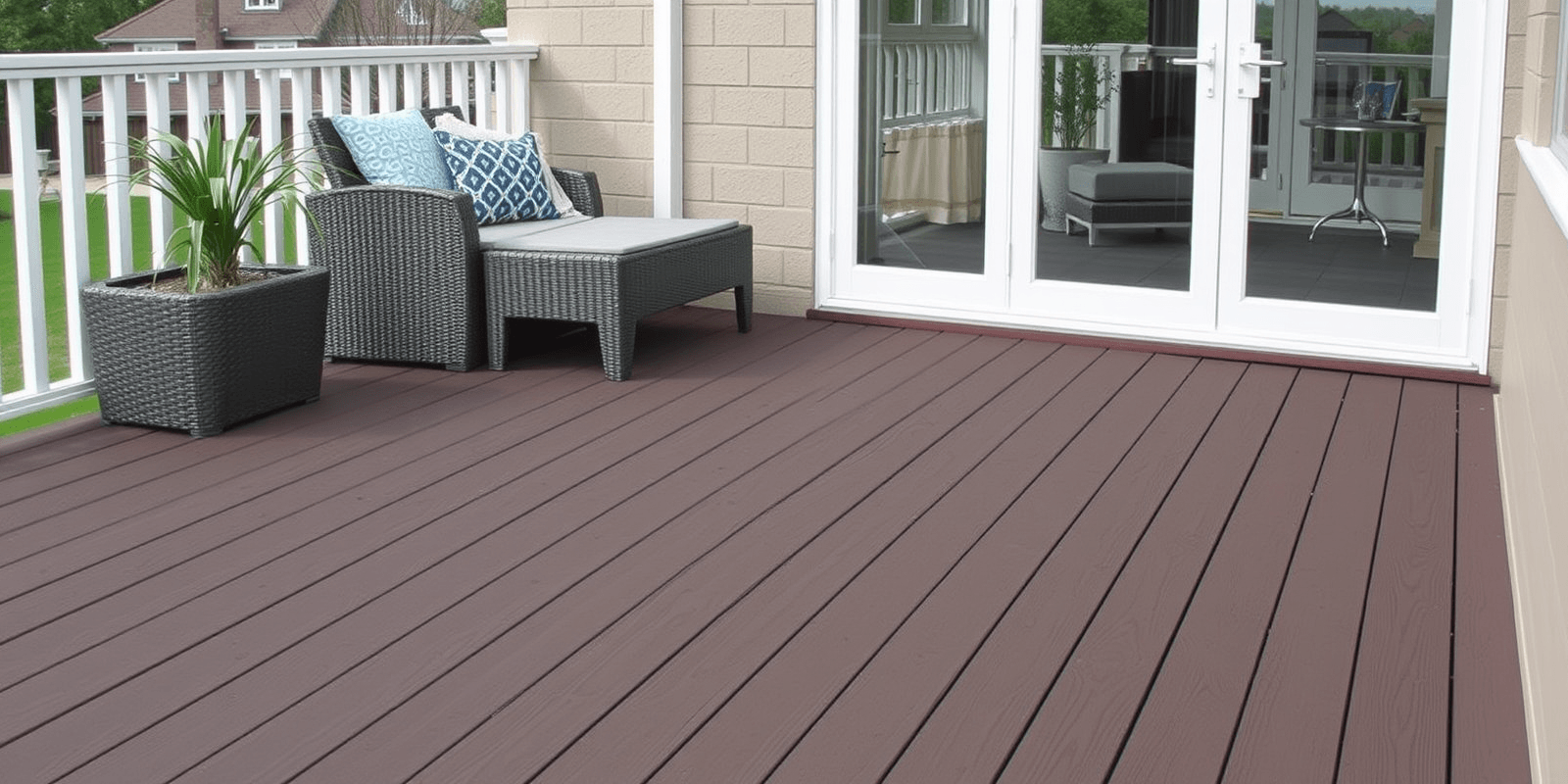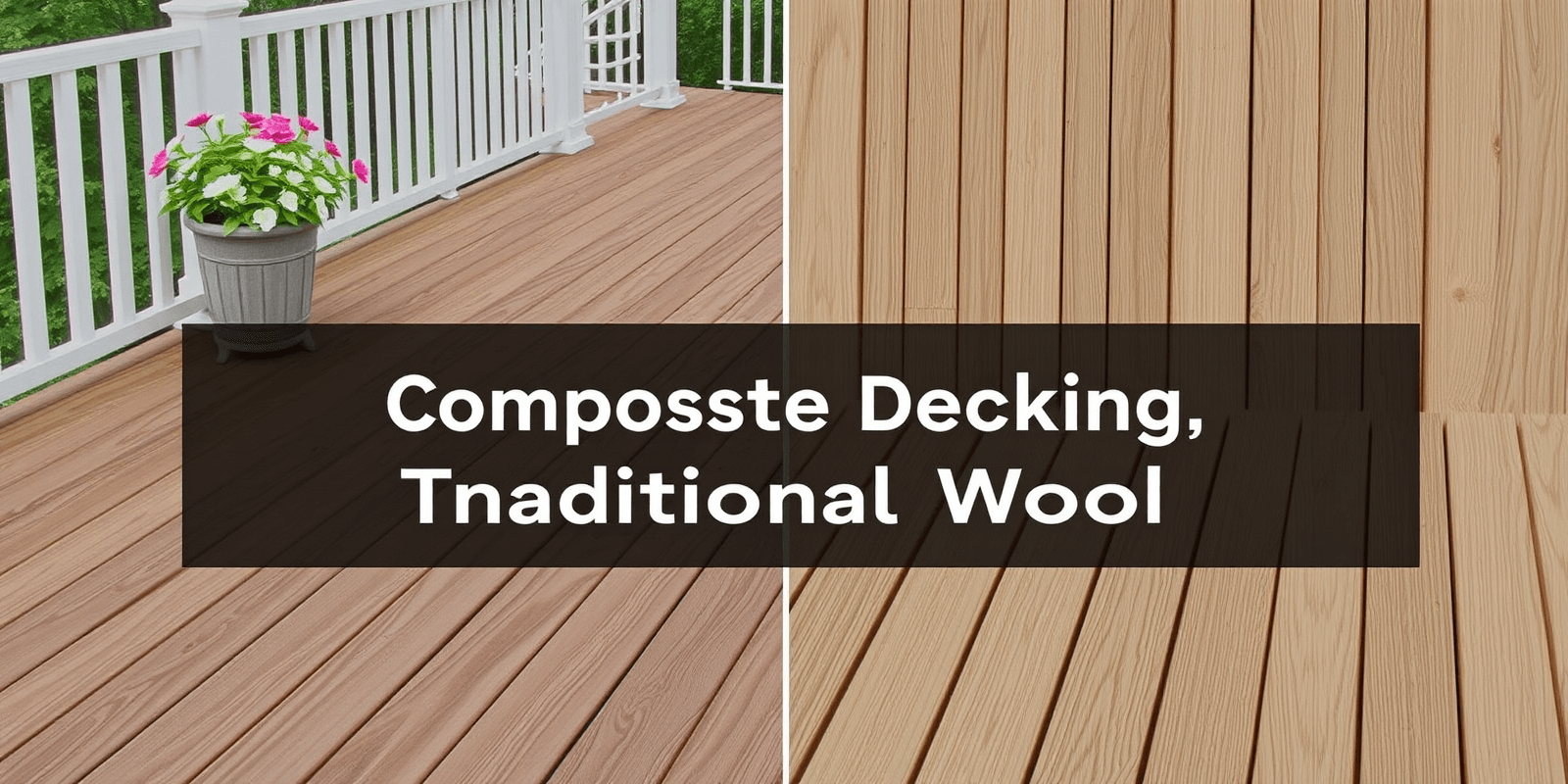“`html
What is Composite Decking Made of Better Than Wood?
Introduction
In recent years, composite decking has become increasingly popular among homeowners and commercial property owners due to its durability, low maintenance requirements, and aesthetic appeal. Unlike traditional wooden decks that require frequent maintenance and are susceptible to damage from moisture, insects, and rot, composite decking offers a more sustainable and resilient alternative. This article will detail the components of composite decking materials, such as recycled plastics and wood fibers, and compare how they offer superior resistance to moisture, insects, and rot compared to natural wood.
Components of Composite Decking Materials
Composite decking is typically made from a combination of recycled plastic (often high-density polyethylene or HDPE) and wood fibers (such as sawdust or wood flour). These materials are mixed with various additives, including UV stabilizers, colorants, and anti-fungal agents, to enhance their performance and appearance. The result is a highly durable and versatile material that combines the best properties of both plastic and wood.
Superior Resistance to Moisture
One of the key advantages of composite decking over natural wood is its resistance to moisture. Traditional wooden decks can absorb water, leading to warping, swelling, and rot. Composite decking, on the other hand, is designed to be water-resistant. The plastic component prevents the material from absorbing moisture, while the wood fibers remain stable even when exposed to wet conditions. This makes composite decking an ideal choice for areas prone to heavy rainfall or high humidity.
Resistance to Insects and Rot
Another significant benefit of composite decking is its resistance to insects and rot. Natural wood is vulnerable to termite infestations and fungal growth, which can compromise the structural integrity of the deck over time. Composite decking, however, contains additives that make it less appealing to insects and resistant to rot. The plastic component acts as a barrier against moisture, preventing the growth of fungi and bacteria that cause decay. Additionally, the wood fibers used in composite decking are often treated to further enhance their resistance to pests and decay.
Conclusion
Composite decking materials offer numerous advantages over natural wood, particularly in terms of moisture resistance, insect resistance, and rot resistance. By combining recycled plastics and wood fibers with advanced additives, composite decking provides a durable, low-maintenance, and environmentally friendly alternative to traditional wooden decks. As a result, it is an excellent choice for homeowners and commercial property owners seeking a long-lasting and aesthetically pleasing outdoor living space.
“`



